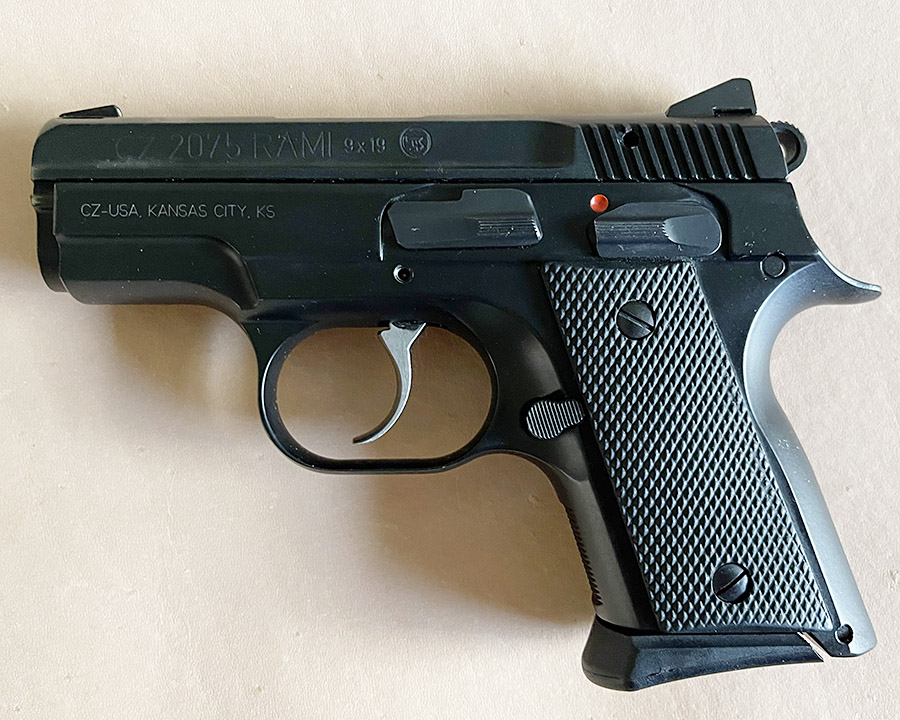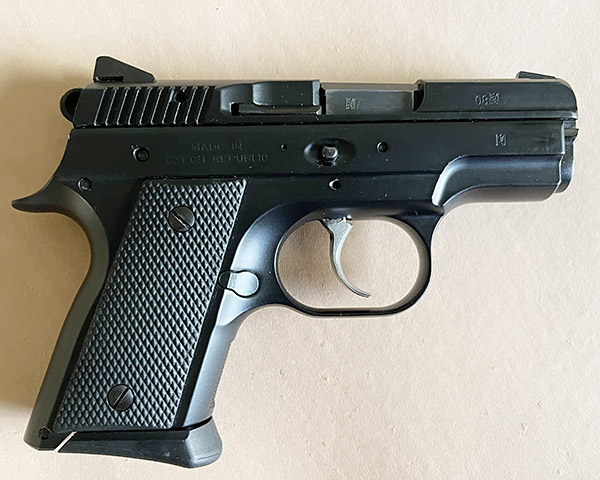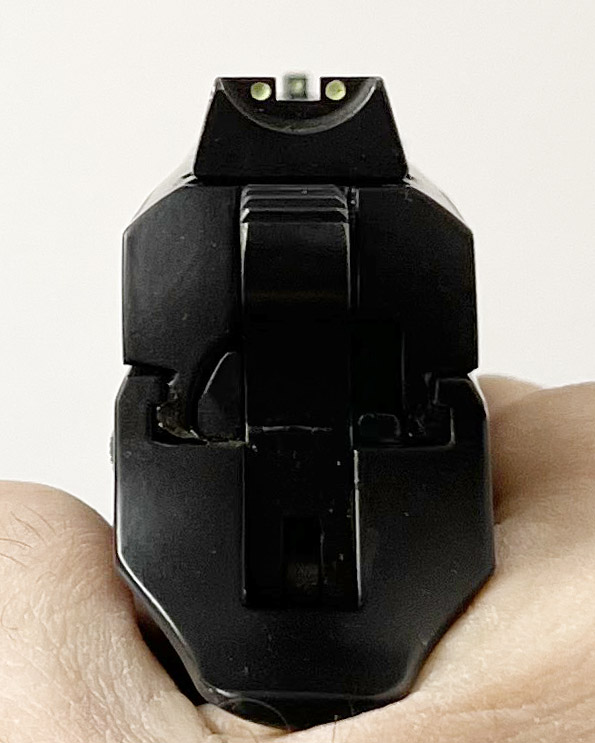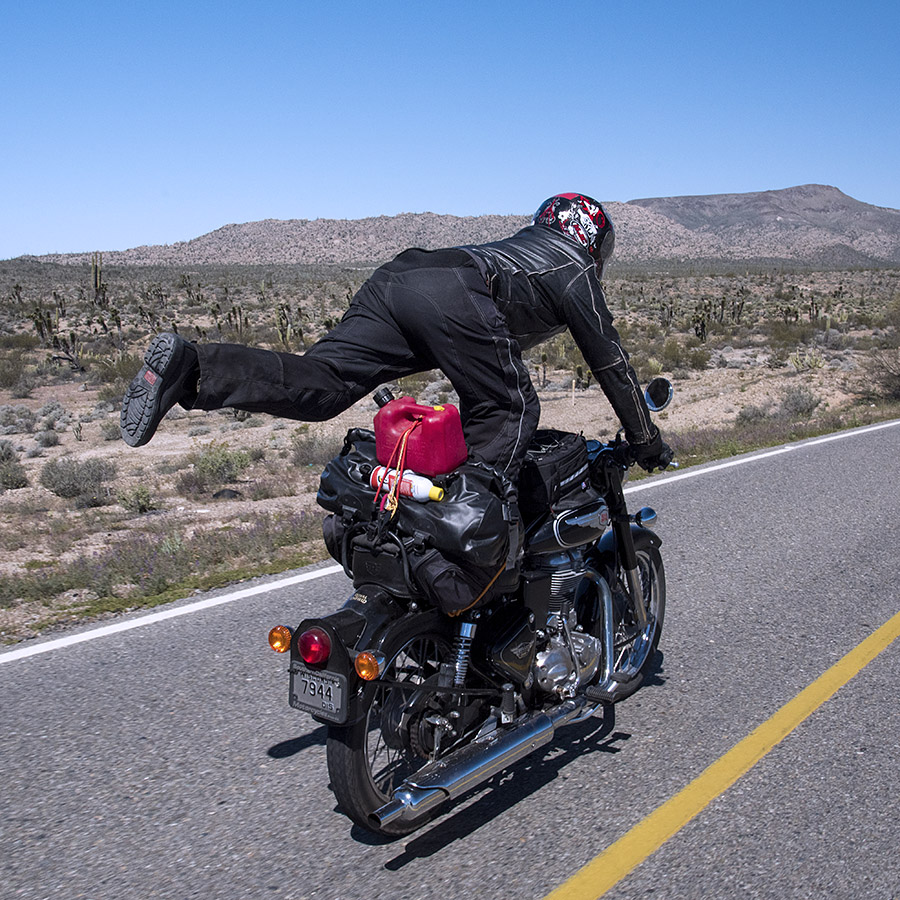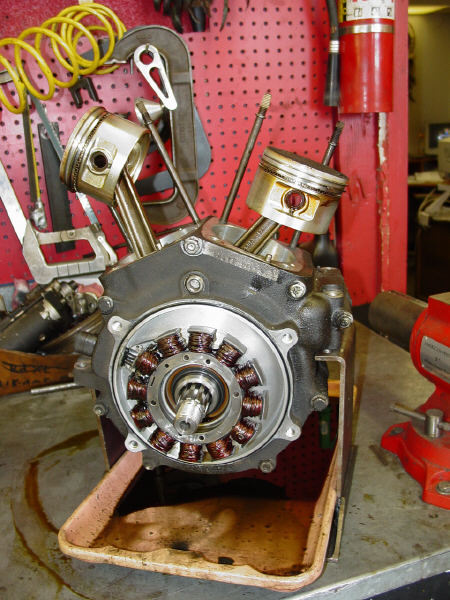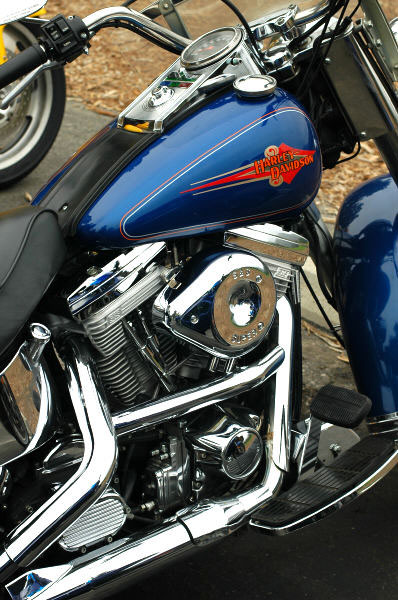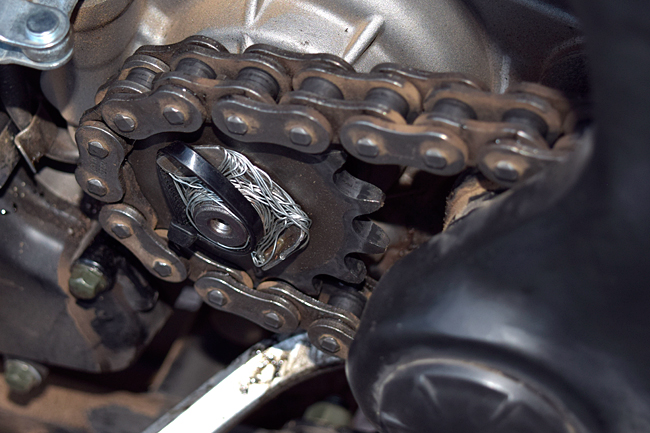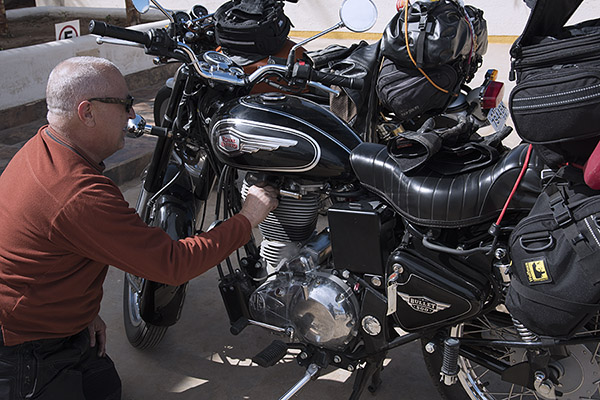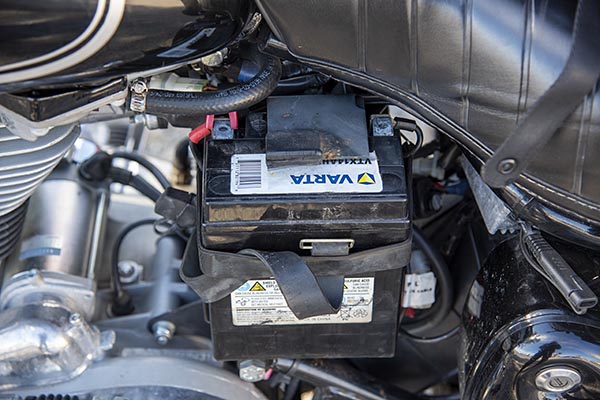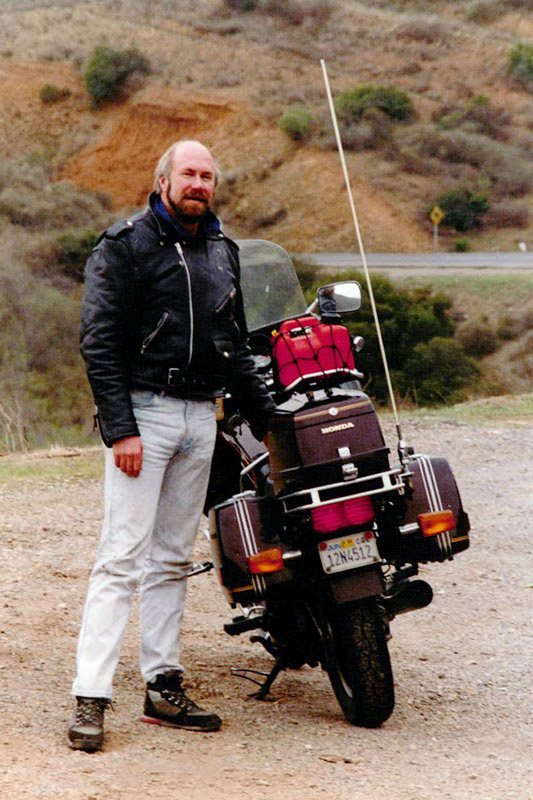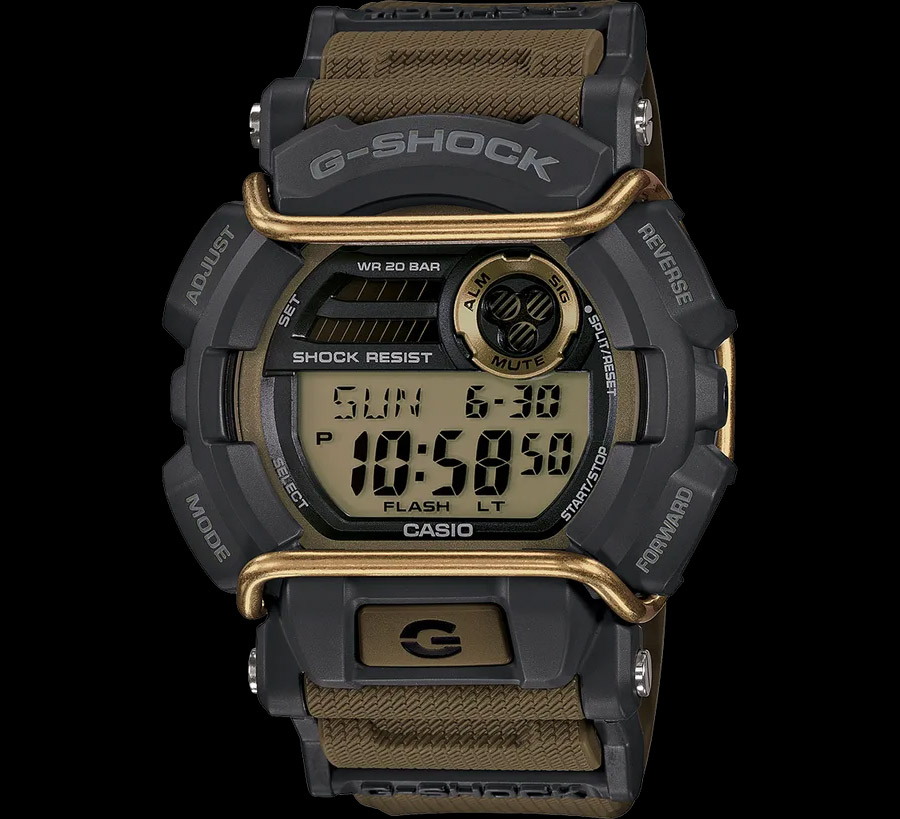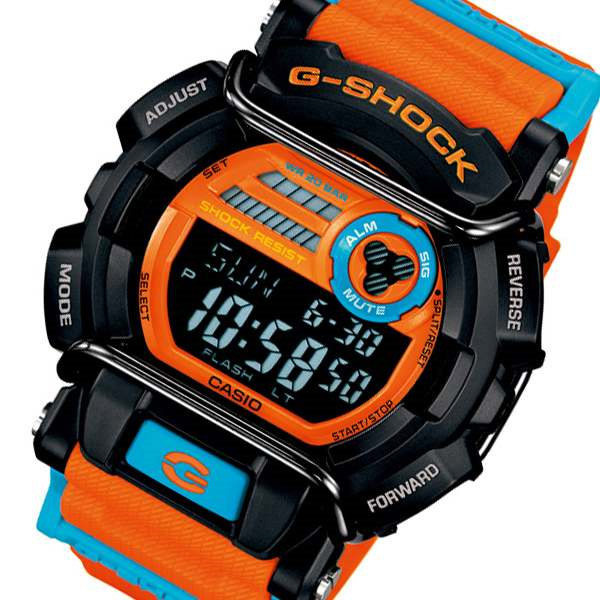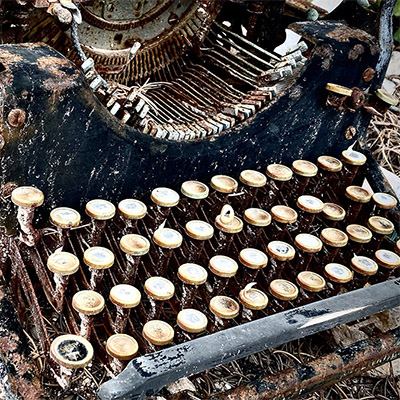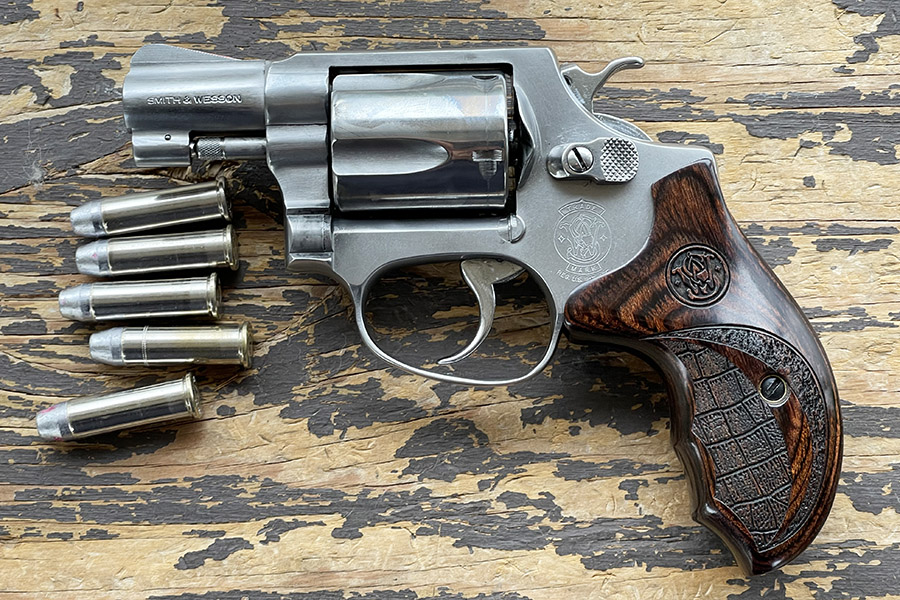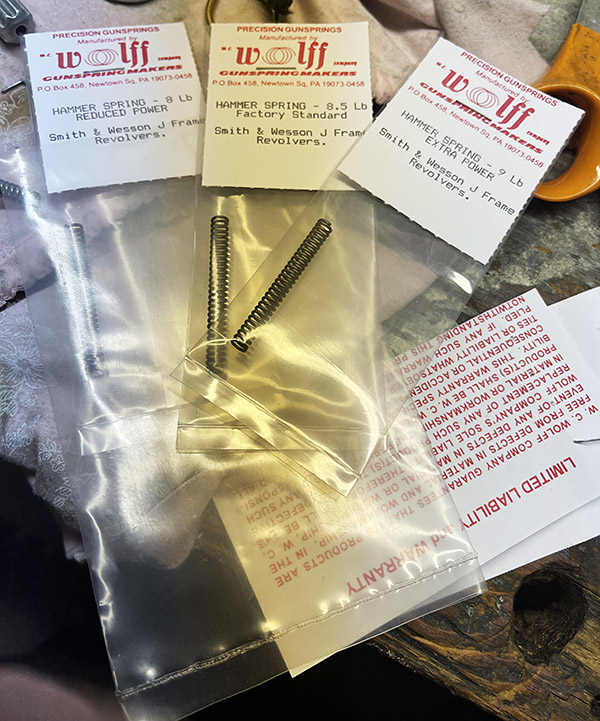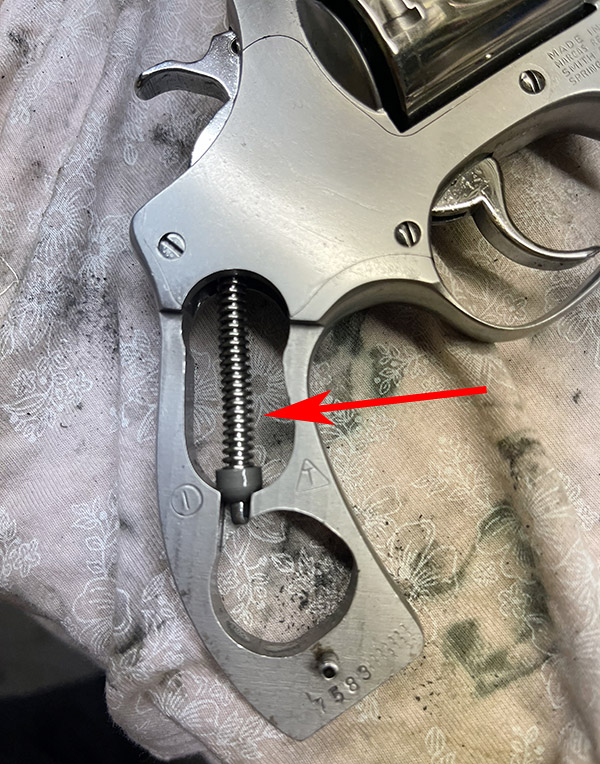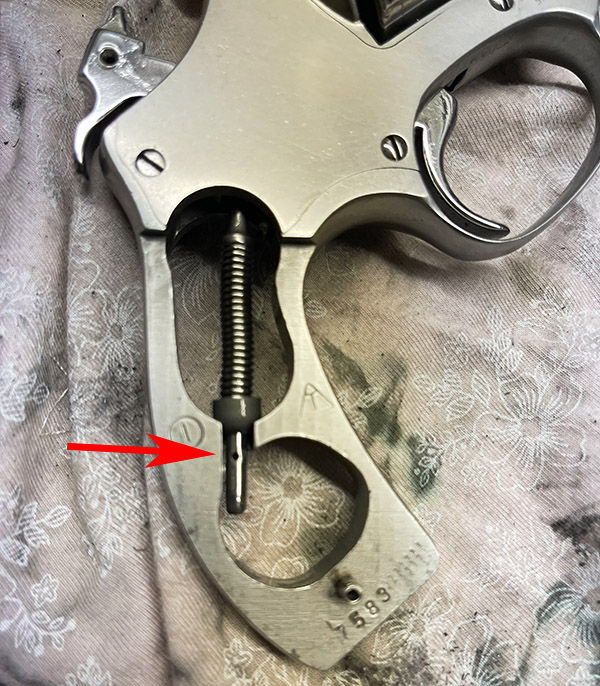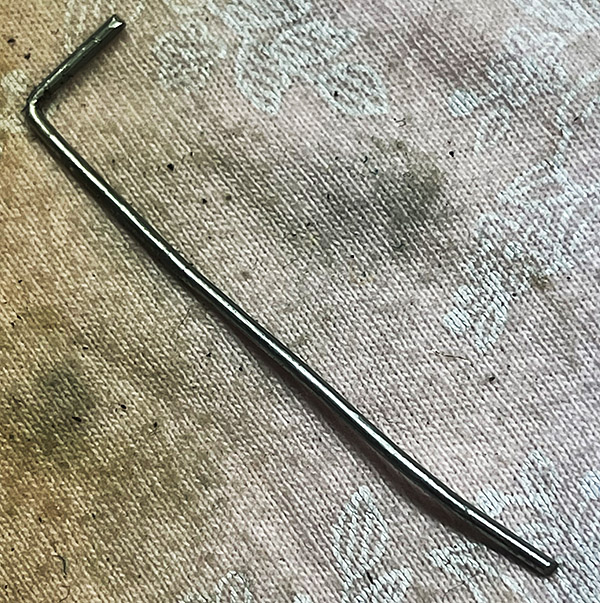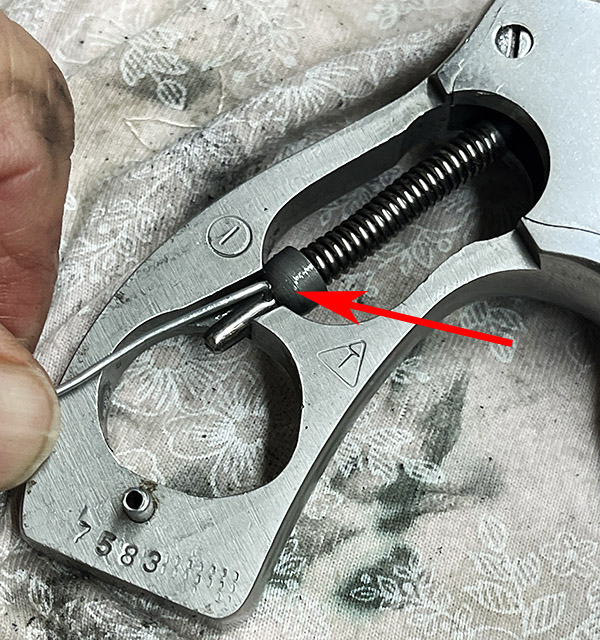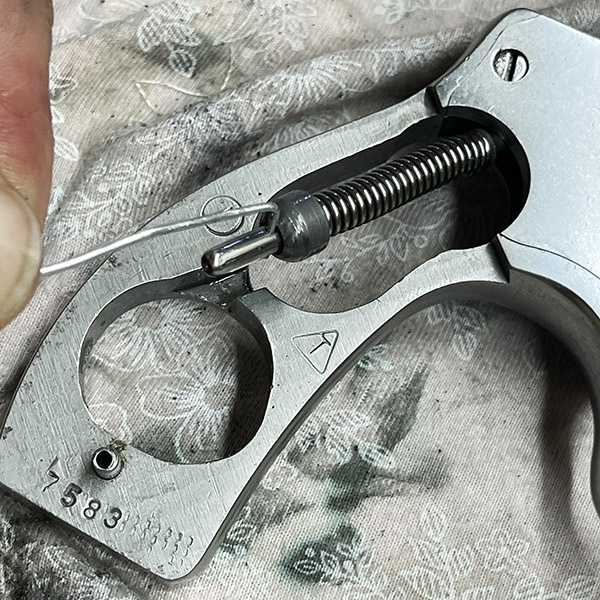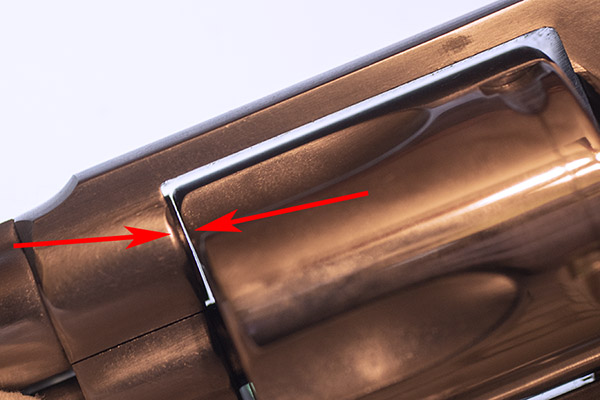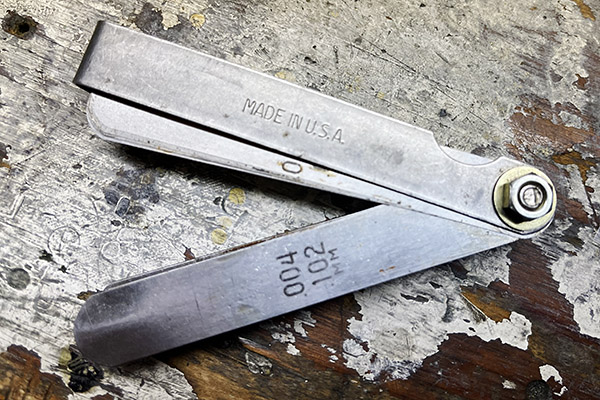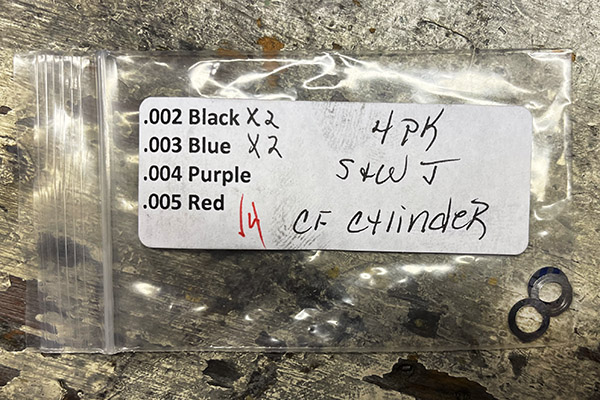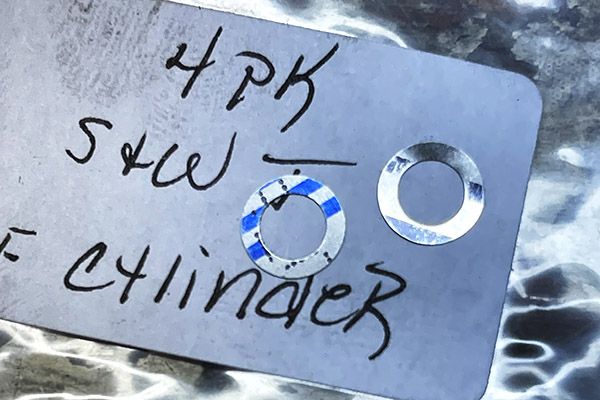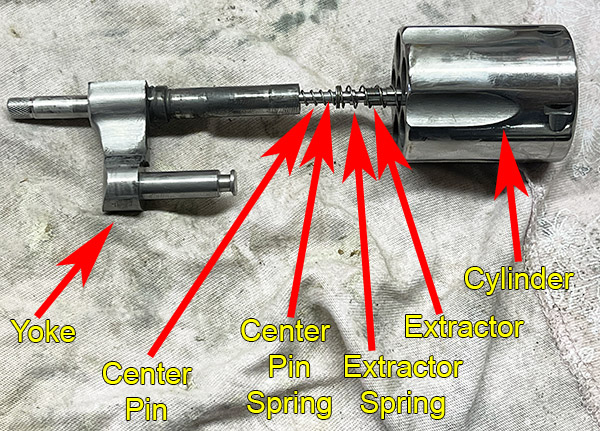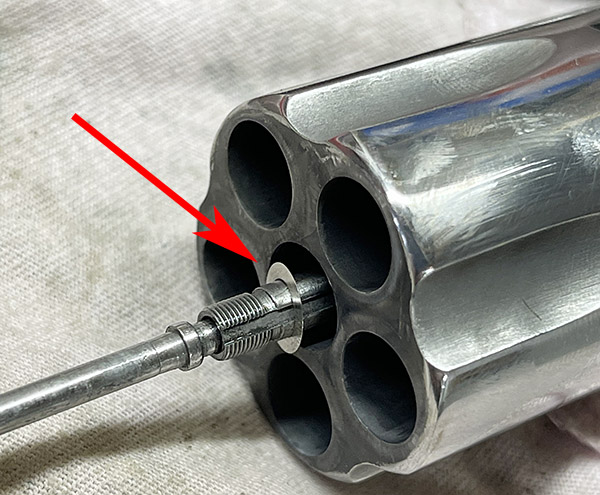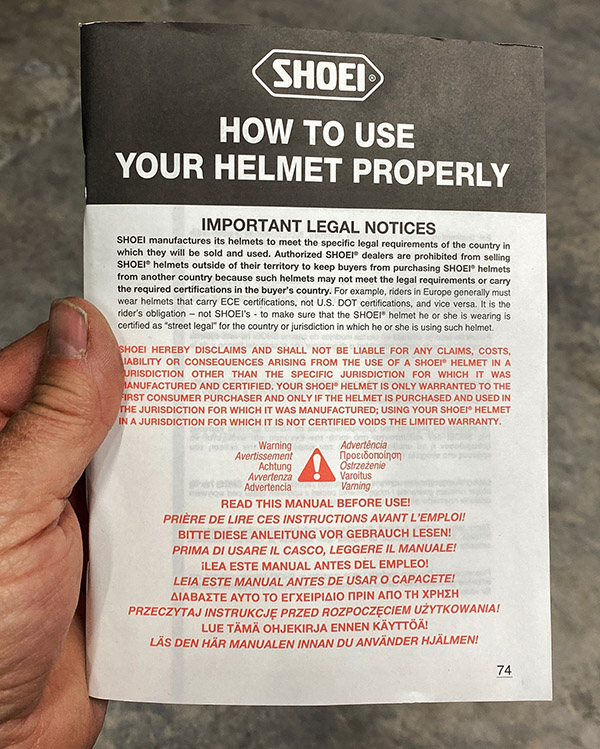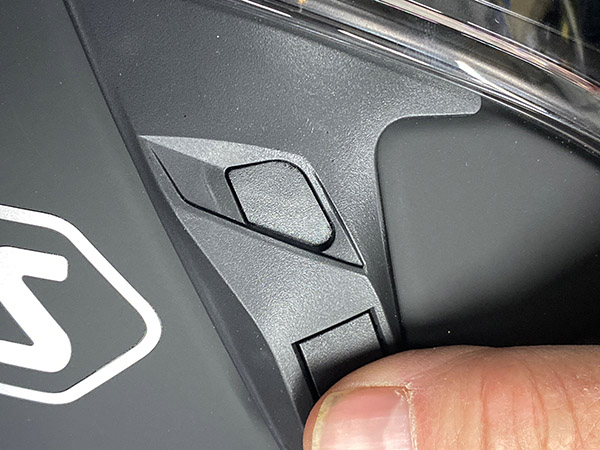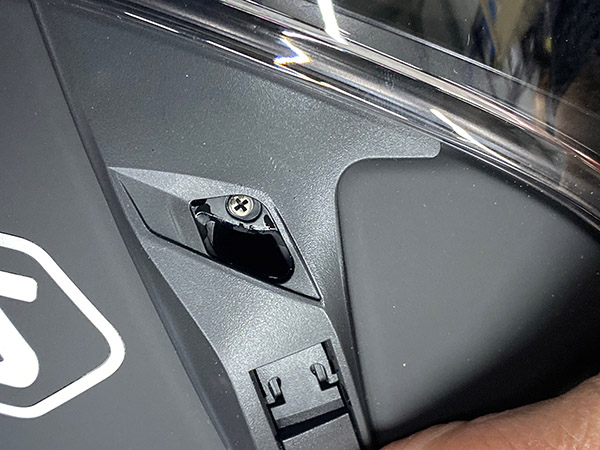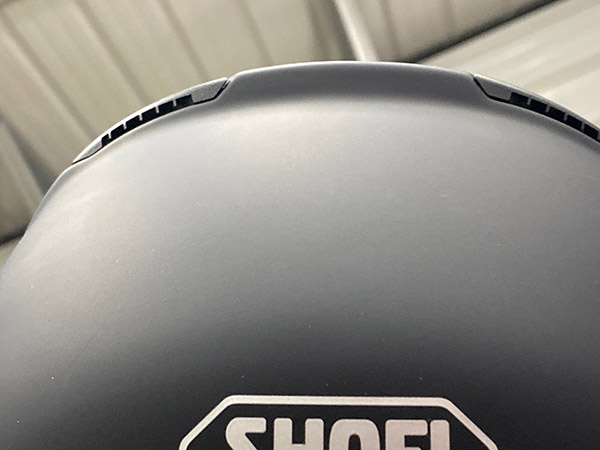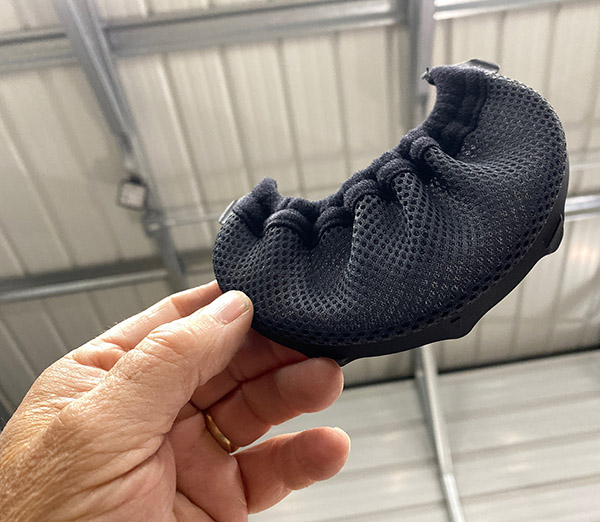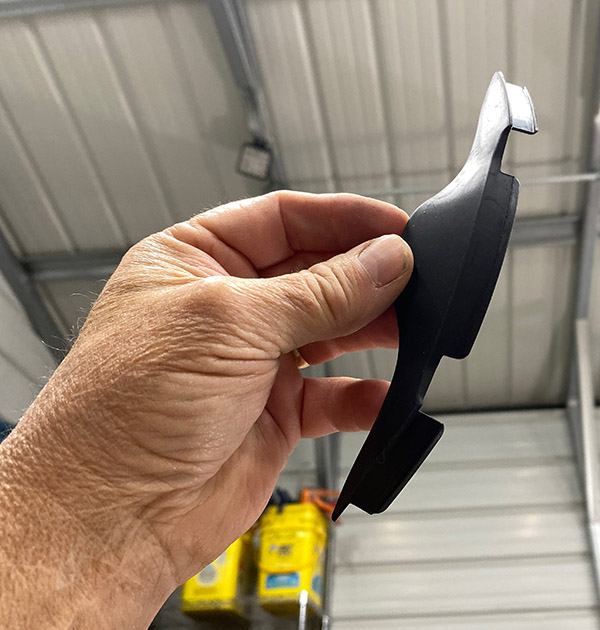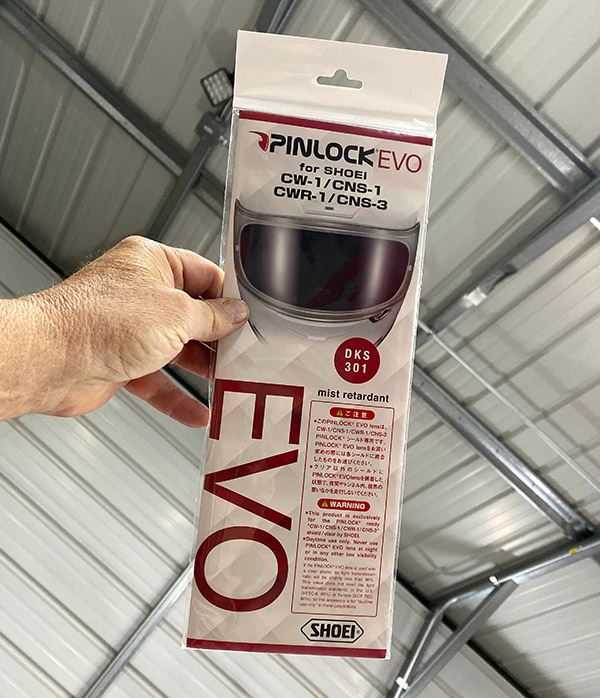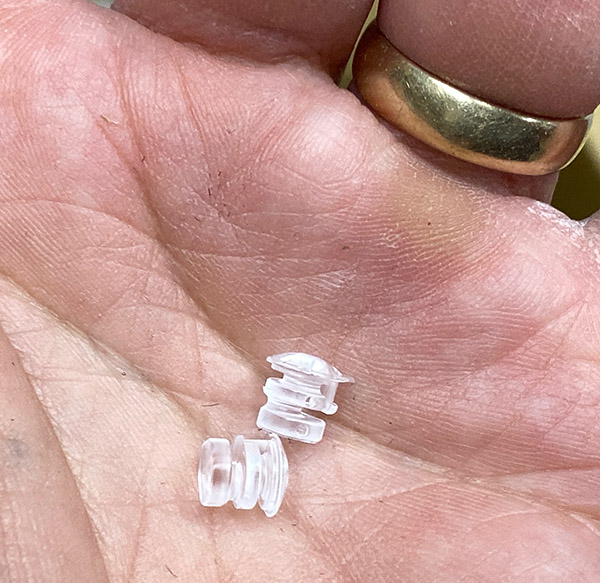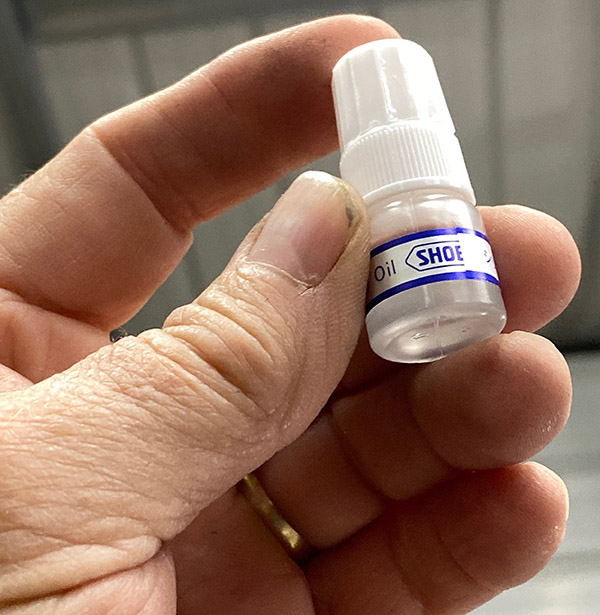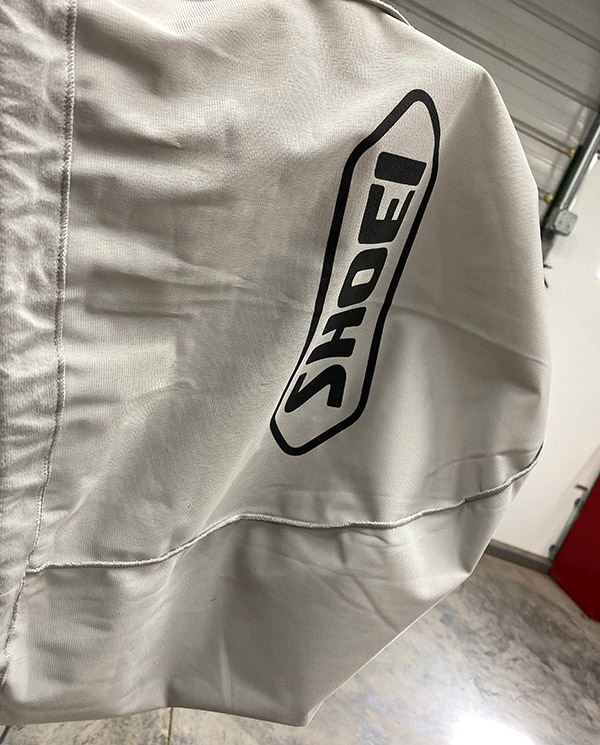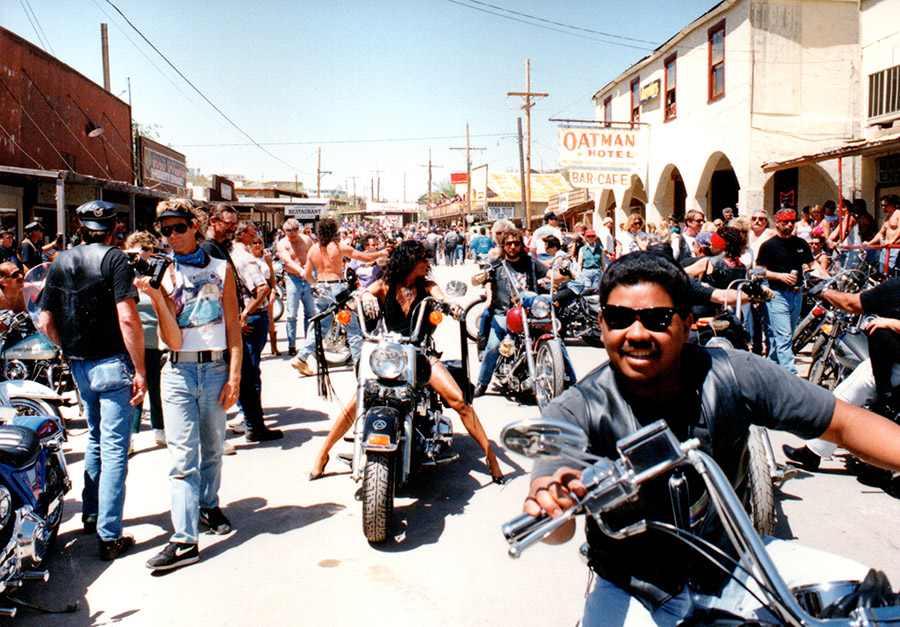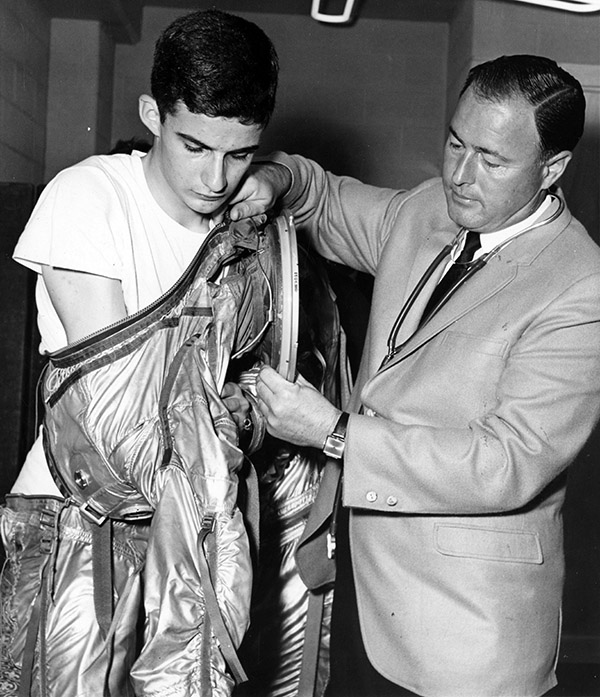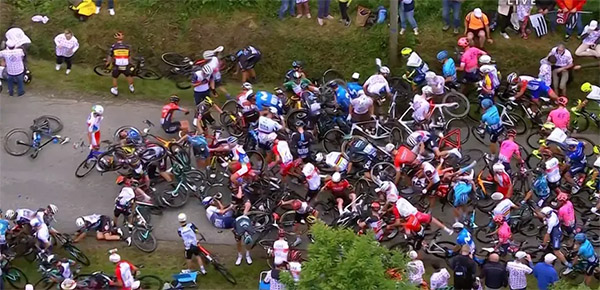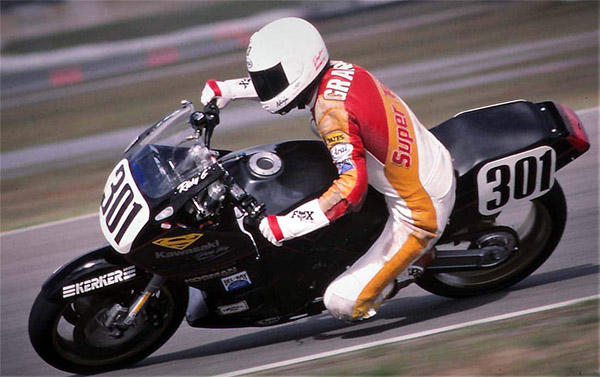The main reason I read the two-part graphic novel, Maus, is because a school board in Tennessee banned the book from their curriculum due to nudity and bad language. I wanted to see what the school board found so sexy about the holocaust.
Spoiler alerts ahead.
Maus is mostly about one Jewish man’s survival of the Nazi’s effort to exterminate the Jewish people. You’ve heard the stories and the subject has been covered extensively. Maus is a different in that the hero of the book, Vladek (I call him a hero because just surviving took an incredible, heroic will to live.) seems to have an unnatural ability to thrive in any situation no matter how desperate. Vladek never loses his spirit and can find the positive slant in a horror of degradation and abuse. It takes a strong man to feel he’s lucky to be in Auschwitz instead of Birkenau.
The road to the concentration camps was not a direct line. There were many slights and inconveniences that the Jewish people tolerated because this was their home. All their friends and relatives were here. Little by little the Nazis increased the pressure, still no one could have imagined the full extent of the plan and by then it was too late. The numbers killed are staggering. Vladek’s nighttime visit to the bathroom is shocking to us now: he steps over and on dead bodies lying on the floor hoping not to slip down and become one of them.
A second story line runs parallel to the Nazi extermination; this is the son’s story of trying to come to terms with his father’s obsessive cleaning and extreme thriftiness. Vladek’s terrifying life has left him unable to stop preparing for the next holocaust even when he’s safe in America and financially well off. Vladek counts matches to avoid running out, returns half eaten boxes of cereal for credit and is perpetually on the make for a deal. These traits served him well in the concentration camps and I don’t see any downside to them after he is freed. Compared to what Vladek had been through any minor embarrassment on his son’s part was no big deal.
My Dad and grandparents were from the depression era and I saw some of the same kind of economy and scarcity mentality when I was young. For my Dad, wasting food was the biggest crime you could commit. He told me often how joining the US Navy was the best thing he ever did. He couldn’t believe the amount of food the Navy provided and didn’t understand how some of the other sailors could complain about the food. He thought it was heaven.
The comic book style of Maus might make it more accessible to younger readers and the short sentences keep the story moving along. The artwork is black and white using a brutal sort of drawing. Each panel looks like a carved linoleum print. The Jewish people are shown as mice, Polish people are pigs, Germans are cats and the American GIs look like dogs. At times the Jewish characters try to disguise themselves by wearing the mask of a pig or a cat. Sometimes it works.
There is a third storyline running in the background. This is the love story of Vladek and Anja, husband and wife. They become separated in the Nazi’s roundup of Jews. Luck plays a big part in life and by luck Vladek and Anja end up seeing each other in the concentration camps. As the war came to an end and the Allies closed in the Nazis stepped up their abuse and started shipping Jews back into Germany for killing, sometimes leaving the Jews in locked cattle cars for weeks until they were all dead. Vladek survives the rapidly worsening conditions like he always does by eating snow and horse trading for sugar.
I think schools back in the 1960s and ’70s were a bit more enlightened and less of a political/ideological battleground than they are today. The school curriculum was set by professional educators, not by angry, politically motivated parents. I know the story of the holocaust because we were taught it in school. The ovens, the gas chambers, the millions killed by clockwork death factories and the chimneys always rendering fat. The scale was unbelievable. Maus is a believable, personal story and the eyewitness account made me despair for our species.
I truly believe something like the holocaust could happen in America. Native Americans will tell you that it has happened here. Black slaves were treated only marginally better than concentration camp prisoners. I’ve seen how people in our country rose up and cheered a kid who shot protesters. One of their side had shot some people from the other side and that was praiseworthy. I’ve seen Americans fighting over toilet paper. Jewish synagogues and gravestones are routinely defaced. I see Nazi marchers parading in American cities. There is plenty of hate to go around in the American psyche and by the hour we are being indoctrinated to regard the other side as less than human. It takes so little to create a monster.
There is nudity and bad language in Maus but if you’re the type of school board that finds mountains of naked bodies being doused with gasoline and set on fire or a woman dead in a bathtub titillating or erotic there is really nothing more to be said. If your real goal is to stop people from reading Maus then you will identify with the cats in this book.
Anyway, I figure that by the time an American kid reaches 12 years old he’s seen around 50,000 murders on television or at the movies so that kid should be ok to read Maus. The story of the holocaust needs to be told over and over in as many ways as possible. It should be drilled into each student’s head until they can recognize the first sign of evil: like an American school board trying to ban a book about Nazi crimes. Instead of being banned Maus should be required reading from junior high onwards.
More product reviews (including book reviews) are here.




